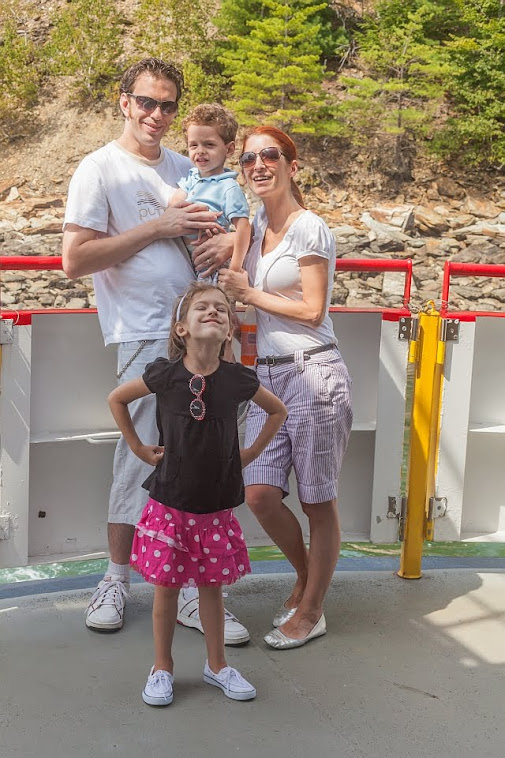#cmc11
This has been an amazingly interesting course that has shown
me the kind of world that can exist by utilizing the power of the Internet
through online education. The learnings
that took place in this class were different when compared the traditional Center
for Distance Learning (CDL) classes that I have taken over the past 2 1/2 years
as the use of social media and ongoing communication with the class happened
frequently and sharing of everyone's ideas was strongly encouraged. The only social media tool that I had used in
the past was Facebook, primarily for sharing pictures of my family and
contacting old and new friends. The
Facebook group, CMC11, proved especially useful for communicating with everyone
that was in the course as well as others that had been in the course previously
or individuals that were just interested in the Multicultural Communication
aspect. This course also showed how
creativity happens and how to best cultivate it to produce regular results. I thought that learning about MOOCs and how
people across the world can take advantage of using this resource to obtain a
free education. Cognitive biases were interesting
to study as people generally handle similar situations in a way that they have
proven to work; however there are many different learning types and
personalities that handle problems differently.
I also liked learning about how creativity, innovation, and risk are
tied together in the workplace and how a project team can benefit from
diversity and how cultivating discussion between managers and employees is
critical. I would strongly recommend
this class and type of learning to anyone that is looking for a refreshing
change in the way that we connect with each other with the shared goal of becoming
educated and experienced.
